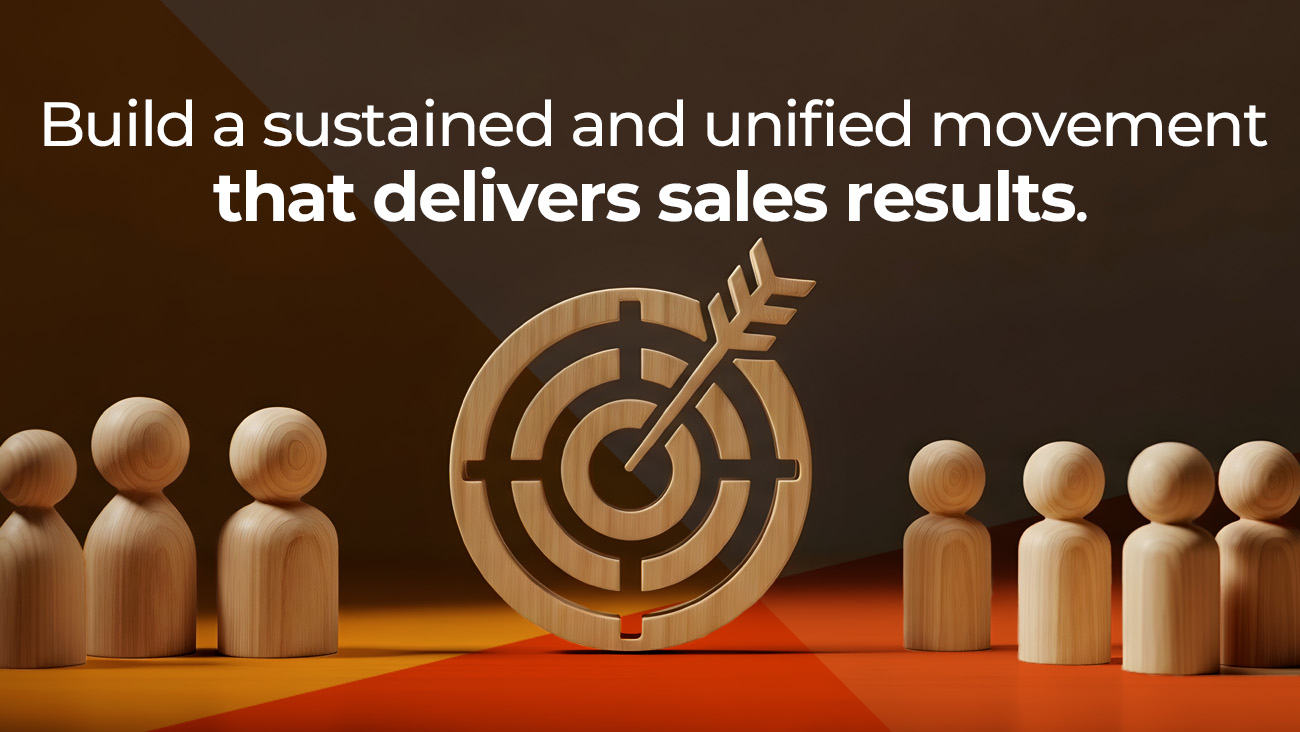Article
How to turn new hires into long-term contributors
Onboarding is more than a checklist; it’s a defining moment in the employee experience. And it matters more than ever. Over one-third of new hires say they plan to leave their companies within the first year. But when onboarding is done right, it can flip that script entirely.







